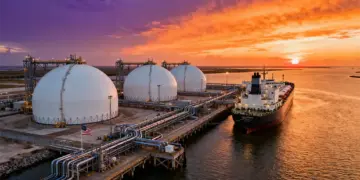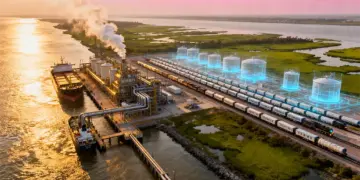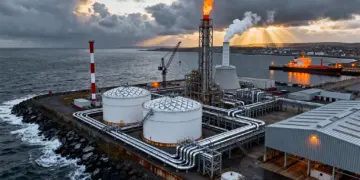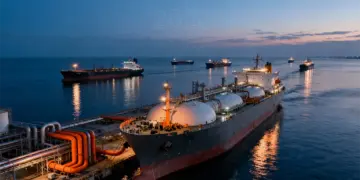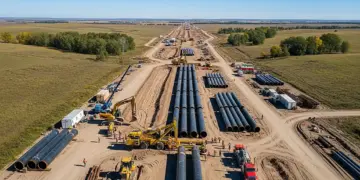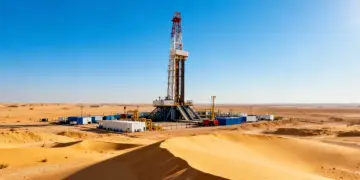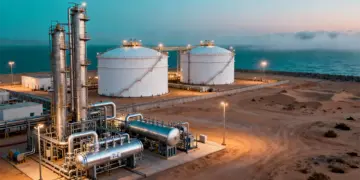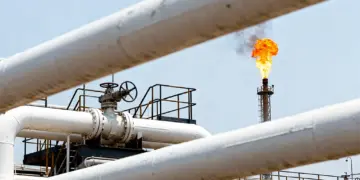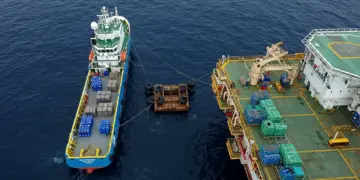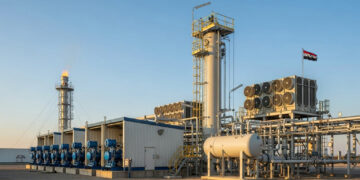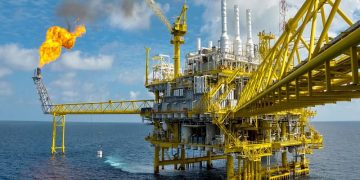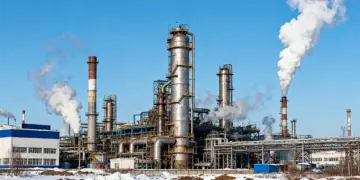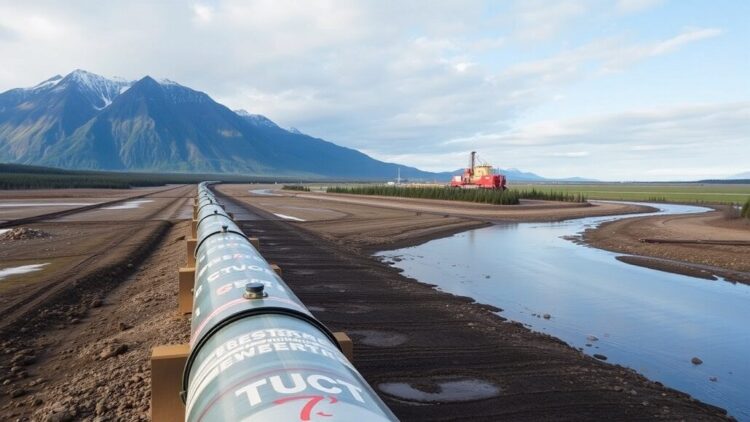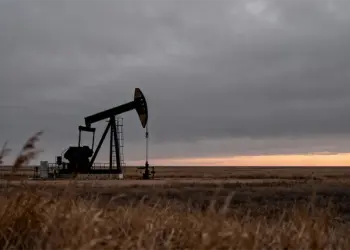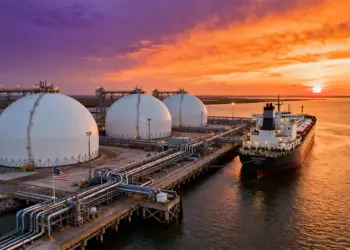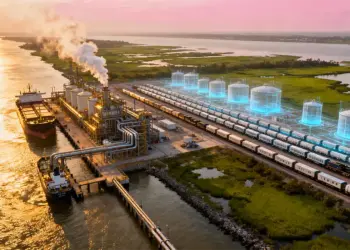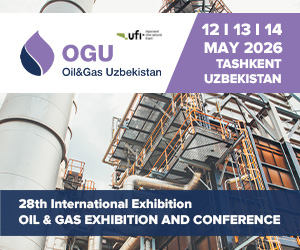The Trans Mountain pipeline expansion (TMX) is turning out to be well worth the exorbitant $34 billion price tag.
China has surpassed the United States as the top purchaser of crude transported via the recently enlarged pipeline, just a year after it went into operation, broadening this nation’s reliance on American exports even as trade tensions rise.
The Trans Mountain pipeline, which was intended to provide tidewater access to Alberta’s landlocked oil sands, was anticipated to increase shipments to refiners on the US West Coast. Rather, it has made Asia, particularly China, more accessible.
Since it ramped up to full capacity in mid-2024, China purchased an average of 207,000 barrels per day (bpd) from the Trans Mountain pipeline expansion, surpassing the US intake of 173,000 bpd over the same period, according to data from ship tracking service Kpler.
Compared to the pre-expansion decade, when China purchased an average of only 7,000 barrels per day from Canada, this represents a significant shift.
Additionally, because of tariffs and Trump’s threats to annex Canada as his fifty-first state, ties with Washington are still strained under his second term.
China’s shift to Canadian oil also comes as its imports of US crude have sharply decreased due to its trade disputes with Trump.“China’s increased purchases reflect not just commercial opportunity, but also political pragmatism,” said Philippe Rheault, director of the China Institute at the University of Alberta. “With US sanctions on other suppliers like Russia and Venezuela, Chinese refiners are hedging by tapping into Canadian crude.”
Although demand in Asia has increased, Trans Mountain pipeline expansion has not yet realized its full potential. The pipeline operated at almost 77% capacity in 2024, falling short of the 83% utilization, or 890,000 bpd, that was originally projected.
High tolls imposed on oil producers using the pipeline are cited in documents submitted to the Canada Energy Regulator (CER) as a major disincentive.
Similarly, in documents submitted to the CER, producers such as Suncor, Cenovus, and Canadian Natural Resources have referred to the tolls as “absurd” and unjustified.
There is disagreement among experts. According to Tom Gunton of Simon Fraser University, the tolls are a taxpayer subsidy, and they would have to treble in order to make up for the $18.8 billion in cost overruns.
Even at $11 a barrel, the pipeline is more cost-effective than shipping crude by rail, according to economist Trevor Tombe of the University of Calgary.
A final CER judgment has been further delayed by the announcement that public hearings on the contentious tolls will start this summer.
Nevertheless, TMX’s entrance represents a significant strategic shift for Canada’s energy industry. Canada’s capacity to export about a million barrels per day to tidewater significantly changes its negotiating power, both in trade talks with the US and in its overall foreign policy approach to the Indo-Pacific area.
In fact, in East Asia, Alberta crude is increasingly frequently replacing barrels from the Middle East.
The value of Western Canadian barrels, which have traditionally been sold at a significant discount to US benchmark oil prices, has also increased as a result of this enhanced export flexibility. When compared to supplies to the American Midwest, analysts predict that oil from Alberta that is delivered to tidewater can sell for $5 to $6 more per barrel.
Meanwhile, American refiners have to replace those barrels with their own higher-priced supplies, negating any advantage of buying cheaper Western Canadian Select (WCS) to run in their purpose-built refineries.
Yet challenges remain.
Tanker shipments have been restricted in size and frequency due to bottlenecks at the Port of Vancouver, and additional investment in new pipelines is still being stifled by political and regulatory uncertainties.
No significant pipeline projects are presently in the queue, despite Prime Minister Mark Carney’s indications that he is open to reviewing project review regulations such as C-69 and the federal carbon cap.
Former environment minister Steven Guilbeault stressed that “less than half” of TMX’s capacity is being used, a claim that industry disputes. He additionally urged Ottawa to prioritize optimizing the current infrastructure before authorizing additional capacity.
However, experts say the long-term trend is evident because China’s energy demand is still strong and Western Canadian oil provides a refinery-compatible, geopolitically stable alternative.
“Barring a dramatic reversal in trade policy or diplomatic relations, China is likely to remain a cornerstone buyer of TMX crude,” said Rheault.





